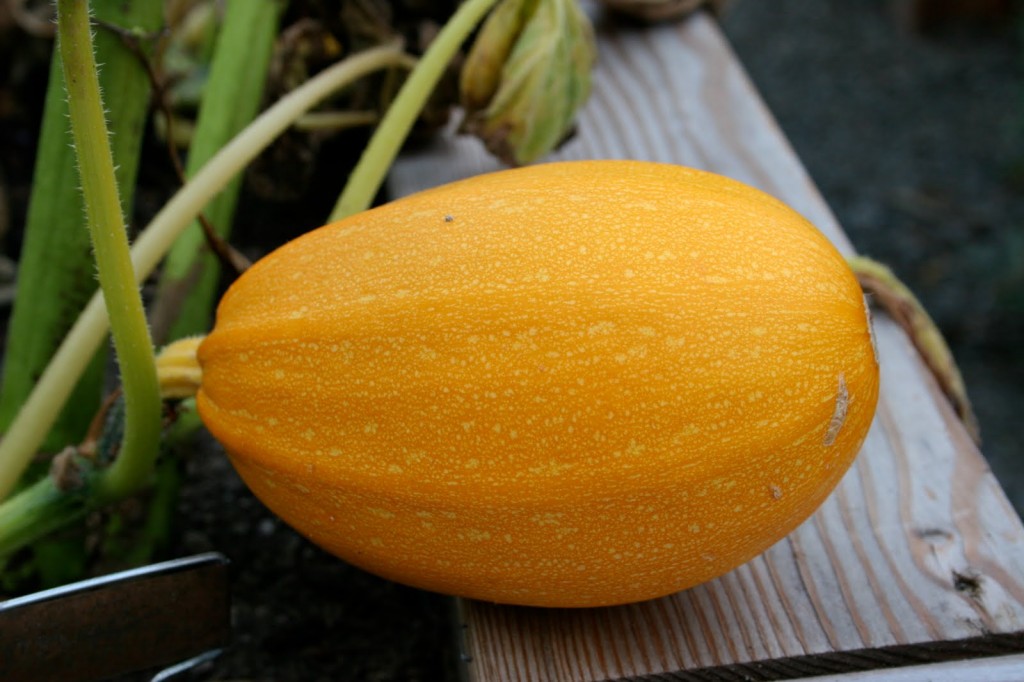
In these painful and dismaying times, this is, in fact, the right timing to introduce you to our new local and excellent tahini maker Kamel Hashalmon of Al Yasmin Tahini and Halva restaurant in Abu Ghosh. Kamel worked as a chef in many celebrated restaurants, yet he was never able to find the perfect Tahini. Leaving the world of restaurants, he then decided to learn the art of sesame grinding and become an expert in the field.
Al Yasmin’s millstones where they grind the sesame seeds were tailor-made by a traditional stonemason artist. They import quality tahini from Ethiopia and grind various types of Tahini in small quantities:
White Tahini – made from peeled sesame seeds lightly roasted; whole sesame Tahini made from whole sesame seeds in their peel; roasted Tahini made of peeled sesame seeds, roasted on low heat for 9 hours; black tahini made of black sesame seeds.
Aside from the tahini, a local producer from Abu Ghosh specially manufactures Dibas – grape honey made of concentrated fruit only without any additives – for Al Yasmin.
For some time now, we have been planning to make your hearts rejoice by offering the excellent Al Yasmin tahini – that has received rave reviews – straight to your door. Now we are delighted to finally make this dream come true. Add it to your vegetable boxes via our order system today!!
Bon Appetite!
_________________________________________
I feel uncomfortable writing a newsletter about vegetables and the field, while chaos, violence and hate surround us. And yet, we insist on persevering with our small growths, and perhaps we will be to provide some distraction even temporarily.
This week we began harvesting the first of our pumpkins. Here at Chubeza, when we say pumpkins we mean that slice of pumpkin you already got in your boxes, orange on the inside, light colored on the outside, as well as the smaller squash varieties – the Provence pumpkin, orangish-brown on the outside; the Napoli pumpkin – long and banana-shaped with a green shell; the elliptic spaghetti squash – yellow and smooth; the green acorn squash (resembling a pinecone); the delectable Japanese squash, and of course the familiar creamy butternut. This year the pioneers are the butternut and spaghetti squash.
The bigger and smaller pumpkins (also known as winter squash), as well as summer squash, among them the zucchini, belong to the same botanical category, and even to the same species. The differentiation between squash and pumpkins is artificial, having to do with the stage at which they are picked and how they are used. All varieties are seeded (in an open field, in their natural season) from the end of winter/beginning of springtime, and they all grow from spring to summer.
However, we pick the “summer squash” early, before they ripen, when their shell is thin and their seeds are not developed, sometimes as early as 40 days from seeding. Since we pick the fruits off the plant before it had time to produce fertilized seeds, the plant makes additional attempts, yielding more and more seed-bearing fruit in order to fulfill its aim in plant-life (and animal-life): to spread its genes. Thus we are granted a long harvest season from a plant that just keeps on yielding. These squash do not keep for long, which is why in the past they were only eaten during their natural season, summertime, hence their name. Today, squash are also grown in wintertime in hothouses, so they aren’t really seasonal.
Pumpkins (large and small), however, are picked as they ripen and mature, when their shell is thick and hard and their seeds are quite large. Since we wait till the complete ripening, they are harvested three to five months from seeding day. Our Tripolitanian pumpkin is large, and often requires a wait of six months.
In places where winter is long and hard and pumpkins are seeded in the middle of springtime, they only arrive at a full ripening at the end of summer. Their hard shell allows them to keep nicely, sometimes up to six months (depending on the variety), enabling them to be eaten in wintertime. This presents a particularly significant advantage in the pumpkin’s ancestral home of North America in those areas where it is too cold to grow food during the winter. Pumpkins were easily stored in warehouses, offering sweetness and a summery zest to the cold wintery days which is how they received the title winter squash.
This week we will begin the pumpkin parade by introducing you to the wonderful acorn squash and spaghetti squash.
The acorn squash originated in Mexico and the U.S. where the Native Americans cultivated earlier species. The dark green type which we grow, (resembling the shape of a pinecone) was introduced in 1913 by the Iowa Seed Company, where it arrived from Denmark or North Dakota (there is a controversy about this). It was received enthusiastically, thanks to its excellent taste and also because of its small size and thin shell, a source of relief for those battling the huge, hard pumpkins. In the U.S., and especially for those dining alone, it made a good serving-for-one as well as a great stuffed vegetable.
The first round of seeding took place in March when it was still quite chilly, thus we covered the seeds and young sprouts in clear plastic to warm up the earth and their growth environment. The plastic is removed once the plants grow and the temperature rises. Usually, from seeding to ripening takes three months. We know it’s time to harvest when the green acorn shell sports a yellow stain. Upon harvesting, the squash keep for two months (more or less) and its best not to store them in refrigeration. These acorn beauties, joined by their girlfriends appearing soon in your boxes, will be a lovely sight to place in a bowl and adorn your kitchen table or counter.
The acorn squash’s skin is less moist than regular squash, and it has a sweet and nutty taste, which gave it the brilliant name “acorn squash.” Due to its sweetness, it goes very well with salty flavors as well – olive oil, salt, pepper and herbs, as well as sweet flavors – a gentle brush of honey or date honey. The cracks lining the fruit make it somewhat difficult to peel, but the good news is that you really do not have to! It tastes great in its shell. And if you still need to eat this squash shell-less, remove the shell only after baking or cooking when it’s so much easier to slip off.
Vegetable marrow, golden macaroni, spaghetti marrow, spaghetti squash, and vegetable spaghetti — all names for one of the most distinctive squash we grow. Its uniqueness is expressed by the fact that after cooking, its flesh can be ferreted out with a fork, and then comes the magic: the cooked flesh separates into thin “noodles,” not unlike very thin spaghetti. Their flavor is a cross between a pumpkin and a squash, not as sweet as a pumpkin or butternut, but sweeter than zucchini. This is why the “spaghetti noodles” can be eaten just like you would eat pasta: with tomato sauce, olive oil and herbs, pesto, Parmesan (preferably not a heavy Bolognese), etc.
All spaghetti squash recipes start with the same instructions: First cook, steam or bake till the flesh softens (to the point a fork penetrates easily), then wait 15 minutes till it cools enough to comfortably handle. (Spaghetti squash is really hot when it comes out of the oven or pot. But that’s nothing compared to how really, really hot it gets inside when baked or cooked whole. Do be careful).
Here are a few techniques for basic preparation before you check out the recipes.
- Baking whole: Puncture the peeling with a fork, pre-heat oven to moderate temperature and bake the vegetable for an hour.
- Baking in halves: Slice the squash lengthwise (to create two ellipses), remove seeds, heat oven to moderate temperature, and place the squash in a baking dish face down. Bake for one hour.
- Steaming: Puncture the peeling with a fork, place small amount of water in pot, insert a vegetable steamer tray and bring to a boil. Place squash on the steamer, seal lid tightly, and steam for 30 minutes.
- Cooking: Bring enough water to cover squash to a boil, then place whole squash inside and cook for around half an hour.
- Microwaving: Slice the squash lengthwise (forming two ellipses). Remove seeds and place face down in a microwave-safe baking dish. Cover dish and bake for 7-12 minutes.
Once the squash is soft, let it cool. If prepared whole, slice lengthwise and remove seeds. With a fork, gently separate the pulp into thin noodles and place them in a bowl.

Usually, the squash produces a surprisingly large amount of “spaghettini,” much more than you would expect from the looks of the outside. Apparently, sometimes the parts really are greater than the whole…
Make a sauce for your “spaghetti,” such as tomato, pesto, aglio e olio or olive oil and fresh herbs. You can even sprinkle parmesan on it, or simply season and consume with pleasure.
As this unique vegetable has made its way into the realm of haute cuisine, complex gourmet recipes have been added to the repertoire. You can find some in our recipe section, or simply experiment with preparing it in quiches, vegetable fritters, sweet/sour/spicy/Asian/Mid-Eastern seasoning, etc.
The whole squash will keep whole for over a month in a cool place. If cut, cover with plastic food wrap and keep in the fridge for two to three days. Cooked “spaghetti” should be kept in a sealed container for the same amount of time. You can also freeze cooked spaghetti squash dishes by placing them in freezer bags or sealed containers. Before serving, partially defrost and steam for five minutes till it’s warm, but not soggy.
Wishing us all peaceful and quiet days,
From all of us at Chubeza
_________________________________
WHAT’S IN THIS WEEK’S BOXES?
Tuesday: Zucchini, green leaf lettuce/lettuce hearts, parsley/coriander/dill, onions/garlic, cucumbers, tomatoes, potatoes, beets, carrots, Swiss chard/kale, acorn squash/spaghetti squash/slice of Napoli pumpkin
Large box, in addition: Cabbage/melon/bell peppers, fakus/turnips, New Zealand spinach.
FRUIT BOXES: Green apples, avocados, bananas/lemons,loquats (shesek).
Wednesday: Zucchini, lettuce, parsley/coriander/dill, cabbage/onions, cucumbers, tomatoes, potatoes, beets, Swiss chard/New Zealand spinach, acorn squash/spaghetti squash. Small boxes: carrots/melon.
Large box, in addition: Carrots and melon, slice of Napoli pumpkin/garlic/scallions, bell peppers/fakus.
FRUIT BOXES: Green apples, avocados/nectarines, bananas/lemons,loquats (shesek)







